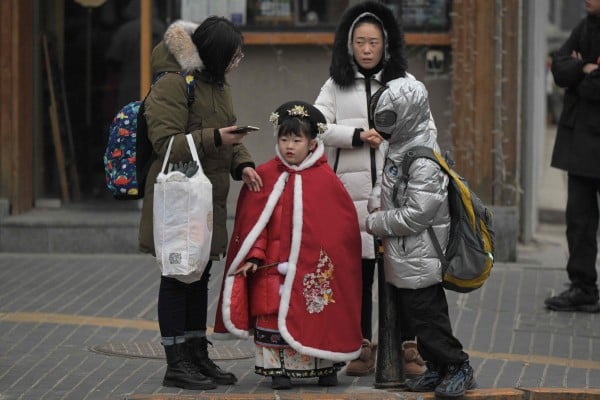China's population
Is there a crisis brewing in the world's most populated country?
+ FOLLOW
Register and follow to be notified the next time content from China's population is published.
China confirmed its population grew to 1.412 billion in 2020, from 1.4 billion a year earlier, according to the results of its once-in-a-decade census. But the number of new births fell for the fourth consecutive year in 2020, adding to concerns about China’s ageing population, with the demographic data set to have far-reaching social policy and economic implications.
Latest News
News
Opinion
The rise of youth depression owes much to China’s rigid education system, the loneliness of only children and tight rural-urban migration restrictions. Centrally planned schooling, along with migration restrictions that mean millions of children are left behind in rural areas, should be done away with.
Opinion
China’s employment conundrum, where younger people are perceived as past their prime at age 35 and older workers retire too soon, calls for solutions. Workers across age groups should embrace lifelong learning and juggling multiple roles. AI can be deployed, with care, to avoid widening inequalities.
Opinion
From pensions to medical care, China’s rural-urban divide must be urgently addressed. Or just about everyone outside the rich middle class will be left out of the silver economy.
China’s population is declining and ageing faster, requiring decisive action from authorities if the country is to avert a demographic time bomb.
SCMP ColumnistZhou Xin
With every crisis, comes opportunities; with foresight and adjustment, economic and social engines can still drive positive and sustainable growth.
State Council rolls out national blueprint to improve life for older generations, with hopes of new investment opportunities.
Former World Bank chief economist Justin Lin says any drag on growth will be offset, while analyst Peter Zeihan says it will doom the nation.
SCMP ColumnistAlex Lo
As China’s prospects darken, a bullish narrative is growing that India could become the biggest contributor to global growth. But this might be wishful thinking, given that while India has a large and youthful population, its labour force participation rate is worryingly low.
Efforts to defend Beijing’s official narrative have intensified this year, as the country’s post-coronavirus economic recovery slowed amid mounting problems.
SCMP ColumnistZhou Xin
By cutting home down payments and lowering mortgage rates, China is pumping more money into an ailing sector crucial to local government revenues and national economic soundness.
SCMP ColumnistZhou Xin
Policymakers have enacted easing measures for China’s property sector, but the impact is likely to be limited and fail to address underlying causes. Looking to the Singapore model of social housing could be the best way to get China back on track.
Whether due to conflict, global warming or simply rich people trying to improve their lot, migration is almost certainly set to grow – and it’s likely to be the only way to replenish falling populations in the rich, developed world.
There is a growing trend for young adults who cannot find a job returning to live with their parents – often doing chores in exchange for an allowance,
While policies aimed at influencing fertility warrant attention, more urgency should be applied to increasing women’s labour force participation rate. Female education is a vital source of support for long-term economic growth, and that growth feeds into a virtuous cycle that can benefit everyone.
LOADING
Unfollowed
View all
























